Application and Development of Refractory Lining for Hot Blast Stove
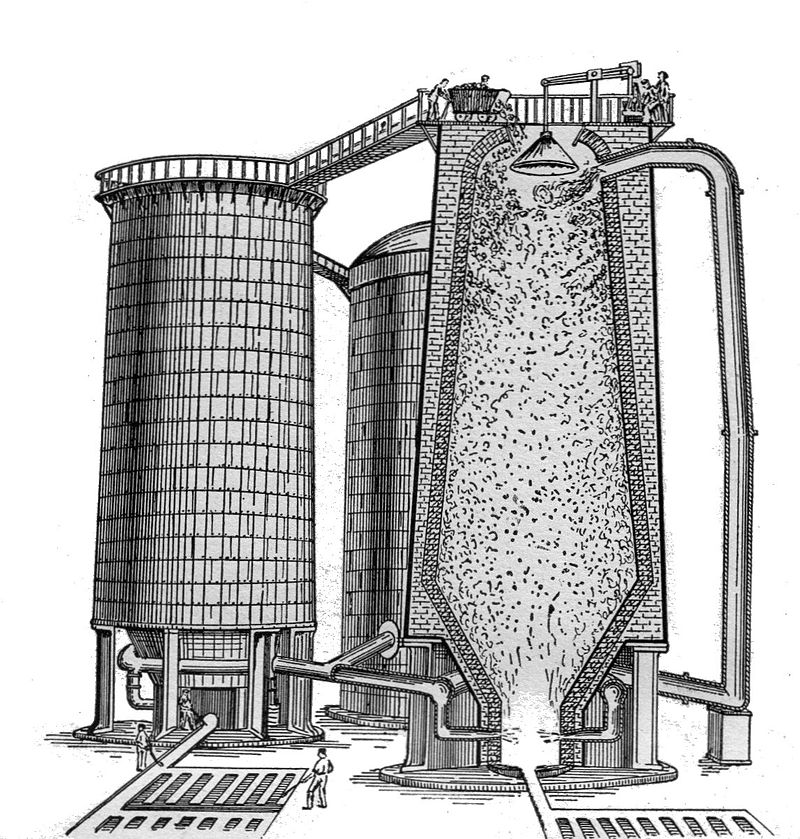
This paper provides an overview of the selection and application of refractory materials in hot blast stoves. Refractory materials are chosen based on the temperature of the hot blast in blast furnaces. External combustion hot blast stoves are commonly used, with silica bricks employed for the high-temperature sections. Some countries have also conducted transformations on internal combustion hot blast stoves to improve combustion temperature and longevity.
Submerged-arc furnace for phosphorus production
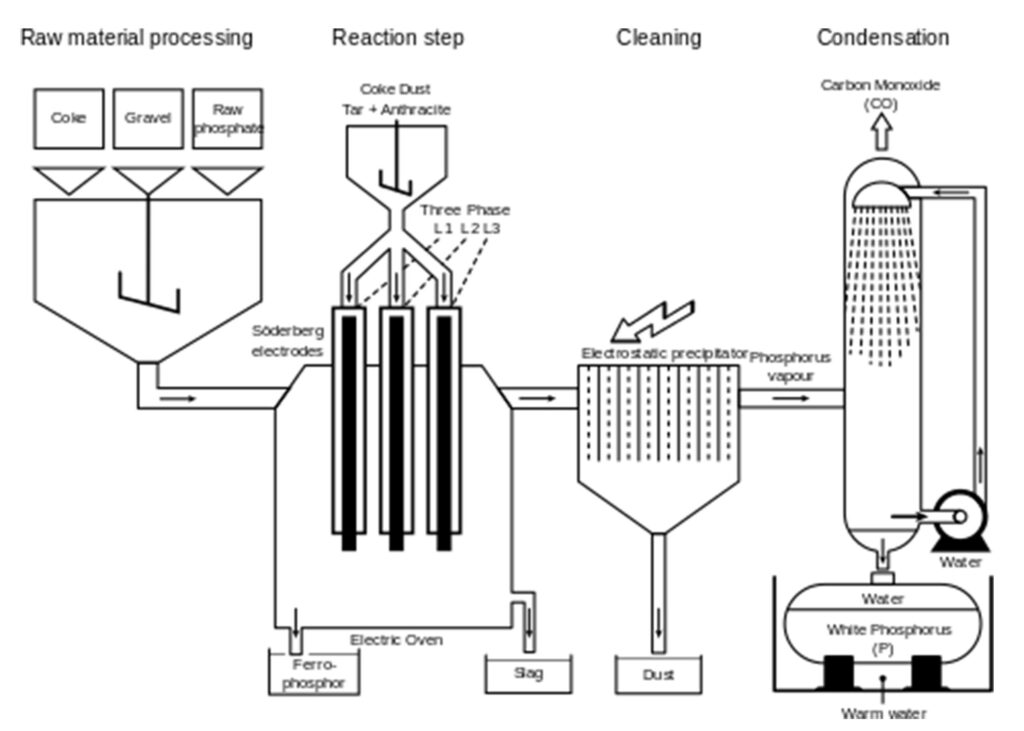
The phosphorus-making electric furnace is the heart equipment of yellow phosphorus. It must be carefully operated, standardized operation, reasonable allocation of raw material composition addition ratio, control of coke particle size, the strict construction quality of lining refractory materials, and refractory material procurement standards to To prolong the service life of the furnace lining.
Delivering Excellence in Refractory Solutions: Satisfied Customer in Cyprus
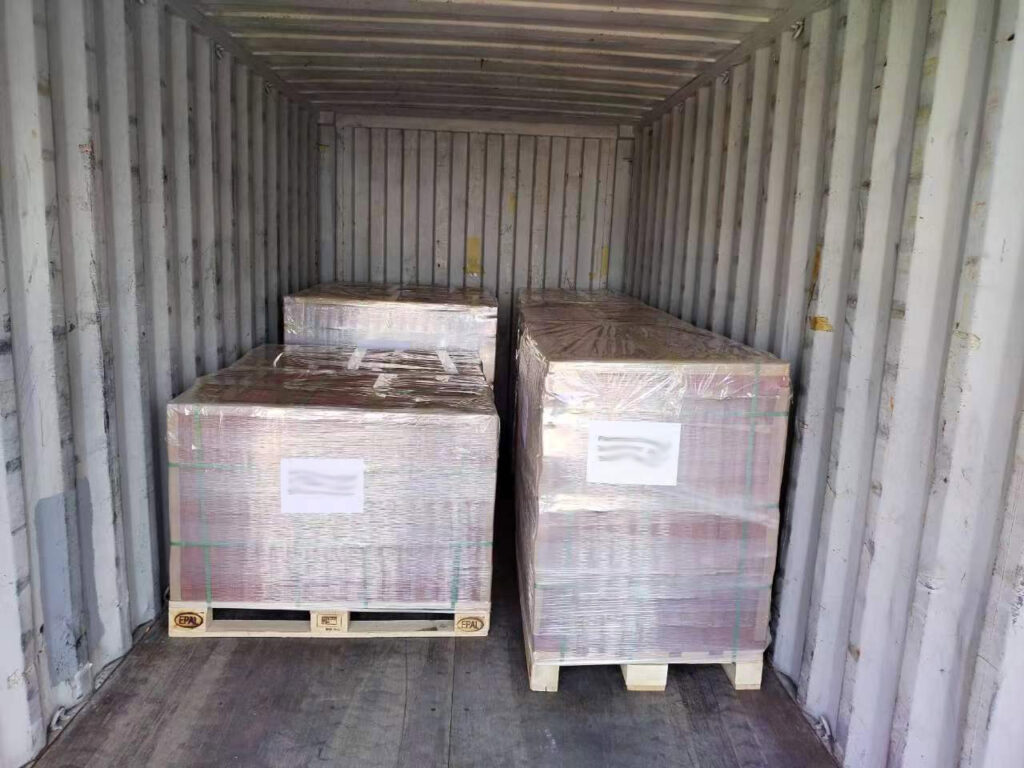
We take pride in delivering exceptional refractory solutions that surpass expectations, and we are thrilled to share another success story! Our recent shipment of high-quality refractory bricks to Cyprus has left our valued customer more than satisfied.
How to build rotary kiln?
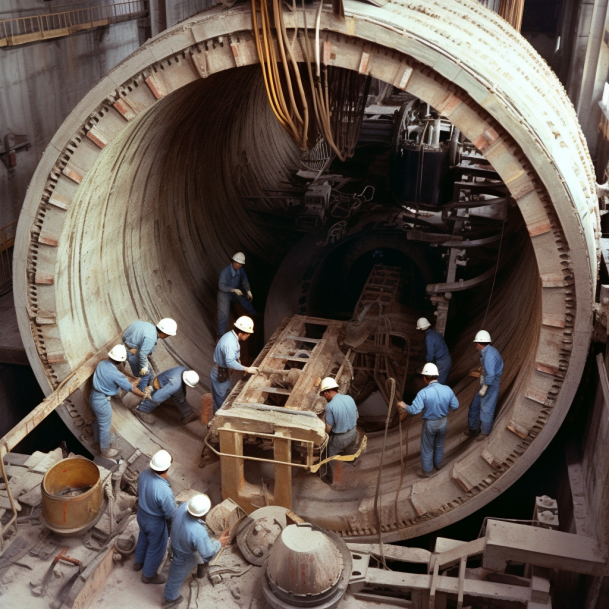
The article presents the construction methods and maintenance of lining for rotary kilns. The construction methods include dry or wet masonry, ensuring concentricity and tightness between brick lining and kiln shell. In dry masonry, the use of steel plates between bricks should be minimized, while in wet masonry, brick joints should be maintained at 1-1.5mm. The shape and specifications of bricks are determined based on the diameter of different zones inside the kiln, typically in a fan shape with appropriate thickness. To improve the service life of the lining, a construction method combining prefabricated blocks and casting materials is recommended, offering simplicity and good overall integrity.
The article also addresses the maintenance and repair of the lining. Different types of kilns require specific protective measures, such as applying kiln skin and performing repairs. Kiln skin acts as a protective layer against chemical erosion and mechanical wear, while providing insulation. Repair work can be carried out through spraying materials or casting, effectively extending the lifespan of the lining.
How to prolong the life of the kiln?
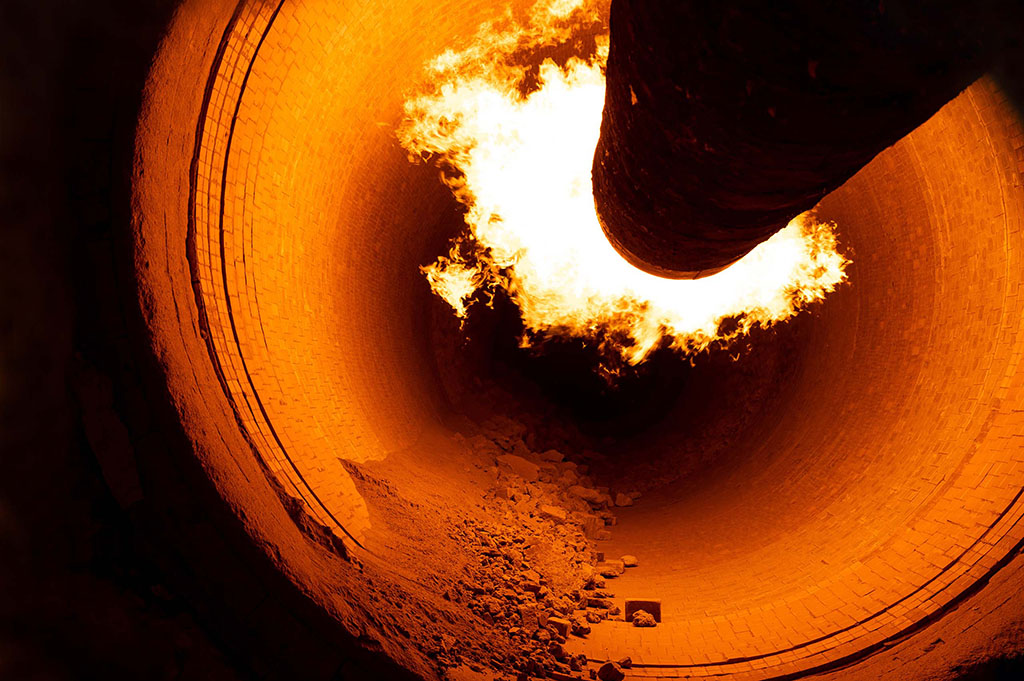
To extend the lifespan of the kiln and ensure its reliable operation, effective management of the kiln is necessary. Since the construction of the kiln directly affects its later production and operation, quality control of the construction process is essential. In the quality control process, focus on materials, construction, and acceptance work to improve the construction level and quality.
Can high alumina refractory bricks be sprinkled after they leave the kiln?
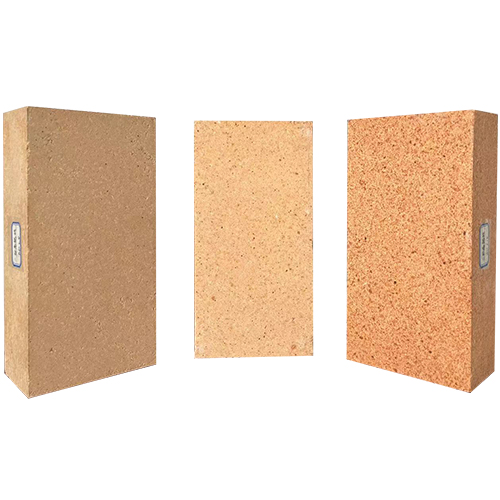
High-alumina bricks are a type of refractory brick used in high-temperature applications such as furnaces, kilns, and boilers. They are made by mixing raw materials such as bauxite, chamotte, and clay, and then firing them in a kiln at high temperatures of around 1,700-1,800 degrees Celsius. This process gives the bricks their high density, strength, and resistance to thermal shock, making them ideal for use in harsh industrial environments. However, it is important to handle high-alumina bricks carefully, especially when they are fresh out of the kiln. As mentioned earlier, these bricks cannot be wetted, as water can cause them to lose their strength and functionality. This is because high-alumina bricks contain a high percentage of alumina, which is a refractory material that is resistant to chemical and physical changes at high temperatures. When water is added to the bricks, it can react with the alumina and cause it to break down, reducing the bricks’ overall performance. To avoid this problem, it is crucial that sellers and manufacturers of high-alumina bricks understand the importance of proper handling and storage. They should not be overly focused on the unit weight and bulk density of the bricks, as this can lead to careless handling that can damage the bricks. Instead, they should focus on providing high-quality products that are designed to withstand high temperatures and harsh industrial conditions. In addition to proper handling, it is also essential to use high-alumina bricks correctly during construction. When constructing high-temperature equipment, it is important to follow the manufacturer’s instructions carefully and use the right type of joint material to connect the bricks. High-alumina fireclay is a common joint material used with high-alumina bricks, and it should be mixed with water to form a thick paste that can be applied to the joints. This paste will harden over time and provide a strong, durable bond between the bricks. In summary, high-alumina bricks are an essential material for high-temperature applications in the industrial sector. However, they must be handled with care to avoid damage and loss of performance. Manufacturers and sellers must focus on providing high-quality products that are designed to withstand harsh environments, and construction teams must use them correctly to ensure that they function correctly and have a long service life. By following these guidelines, high-alumina bricks can provide reliable performance and durability in the most demanding industrial settings.
What are the classification and advantages of monolithic refractories?
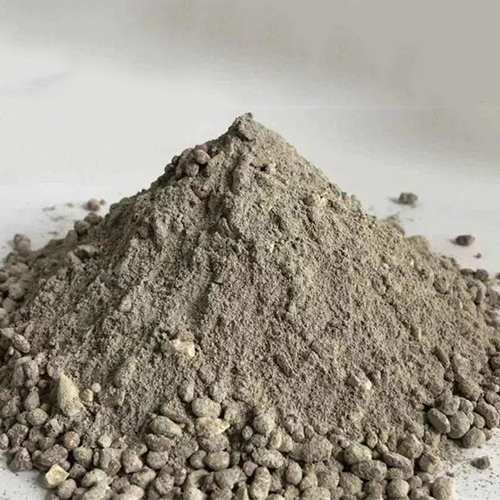
Unshaped refractory material is a new type of refractory material that does not require firing. Its development has been rapid, with Japan, the United States, and Germany producing over one-third of the total output of refractory materials. Its usage has expanded from steel rolling industry furnaces to high-temperature kilns used in steelmaking and ironmaking, solving some critical equipment lining problems.
What are the basic requirements for refractories for coke ovens?
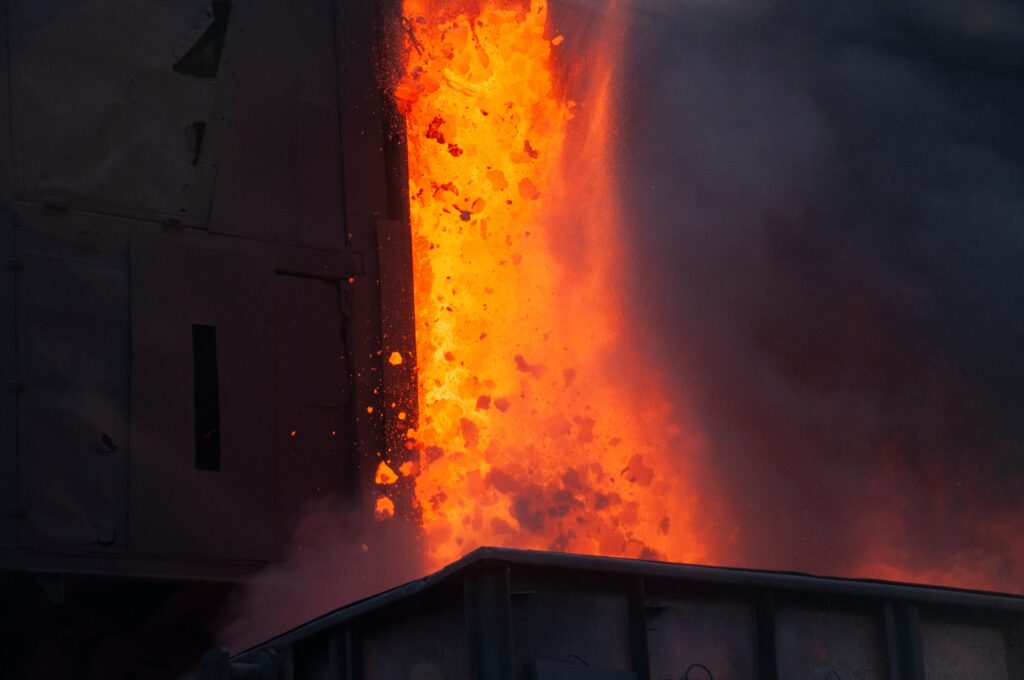
A Coke oven is a crucial piece of equipment for coking enterprises. It is a thermal kiln with a complex structure consisting of several parts such as a bare roof, slight flue, regenerator, ramp, combustion chamber, furnace area, and others. The furnace age is typically between 30 to 35 years. The durability of the coke oven depends on several factors such as the quality of the furnace body masonry, the design of the furnace body structure, and the performance of the refractory material used. During operation, most of the masonry is challenging to repair while hot. Hence, it is crucial to use refractory materials that can adapt to the requirements of the coking production process and are long-lasting.
What are the characteristics and requirements of refractory prefabricated parts for cement kiln?
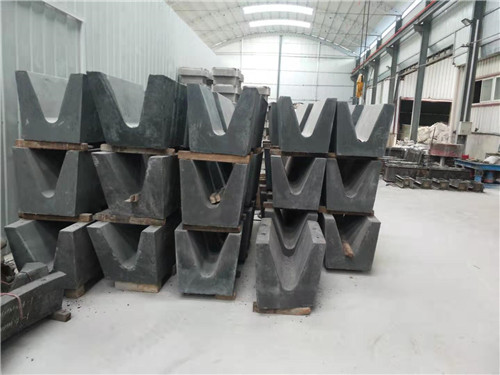
With the continuous update and improvement of cement production technology, the single cement kiln production line is developing towards a larger scale. The new dry cement production technology has the characteristics of high kiln temperature, fast kiln speed, complex system structure, and severe erosion of volatile components such as alkalis, which has posed more demanding requirements for refractory materials used in cement kilns.

